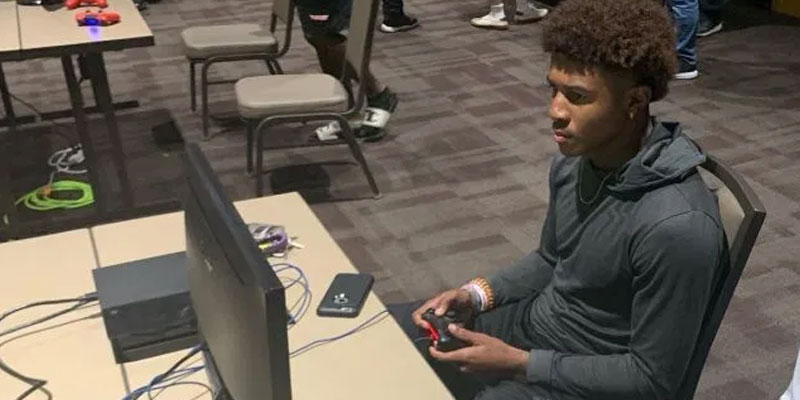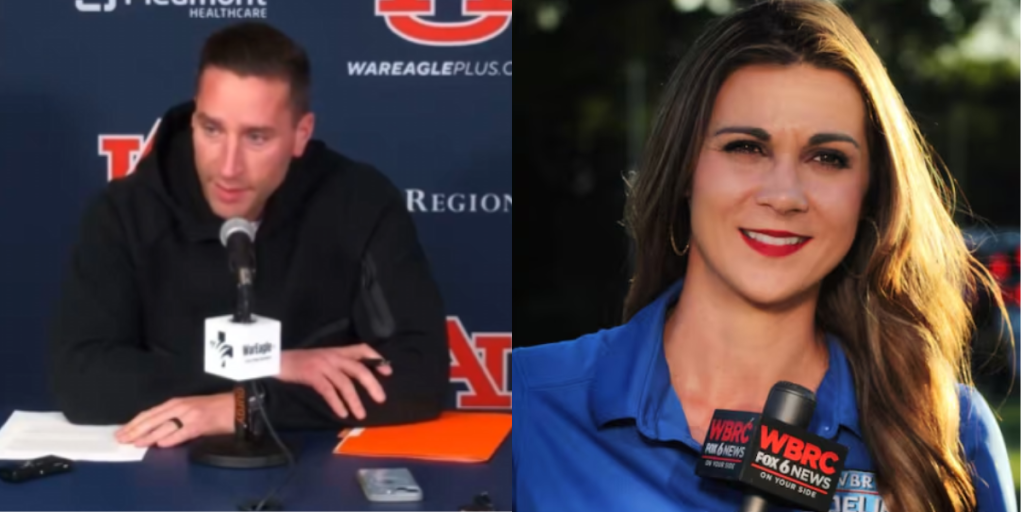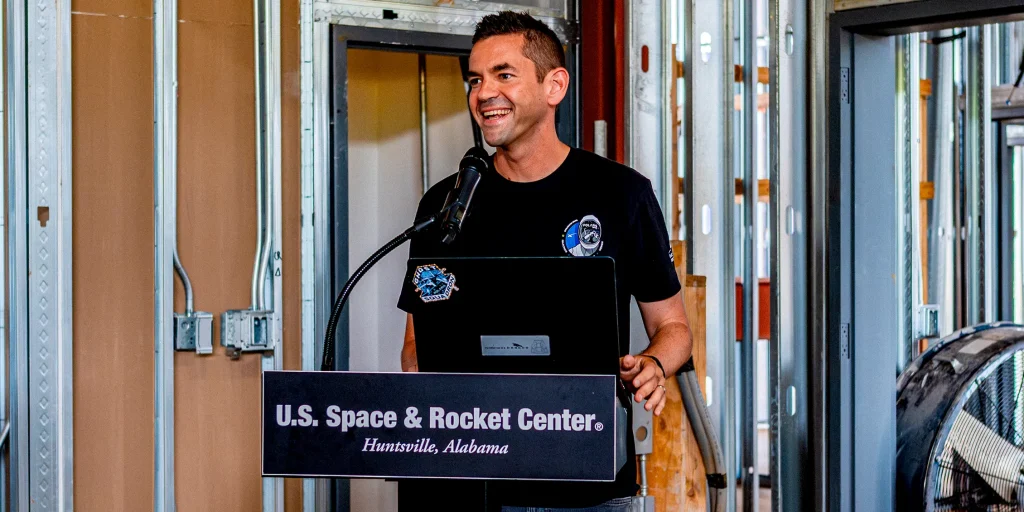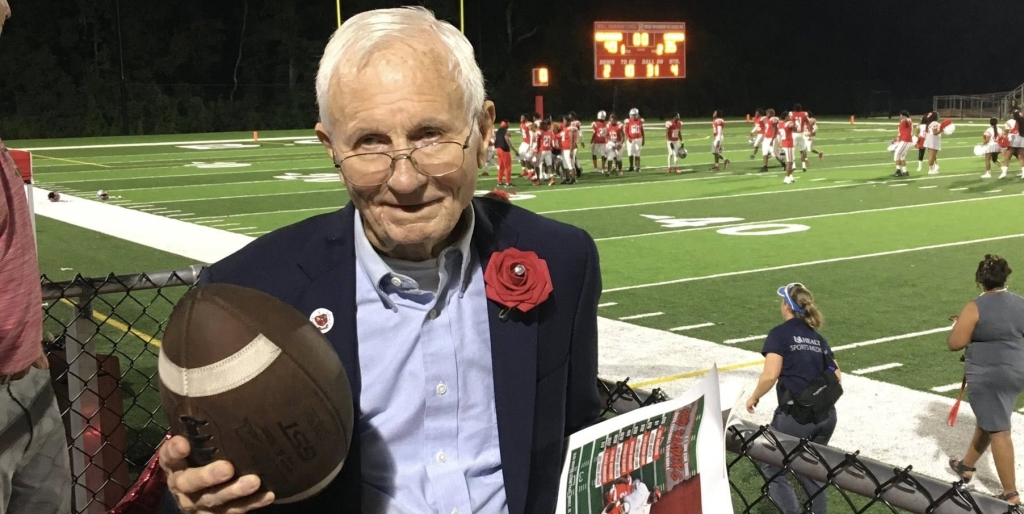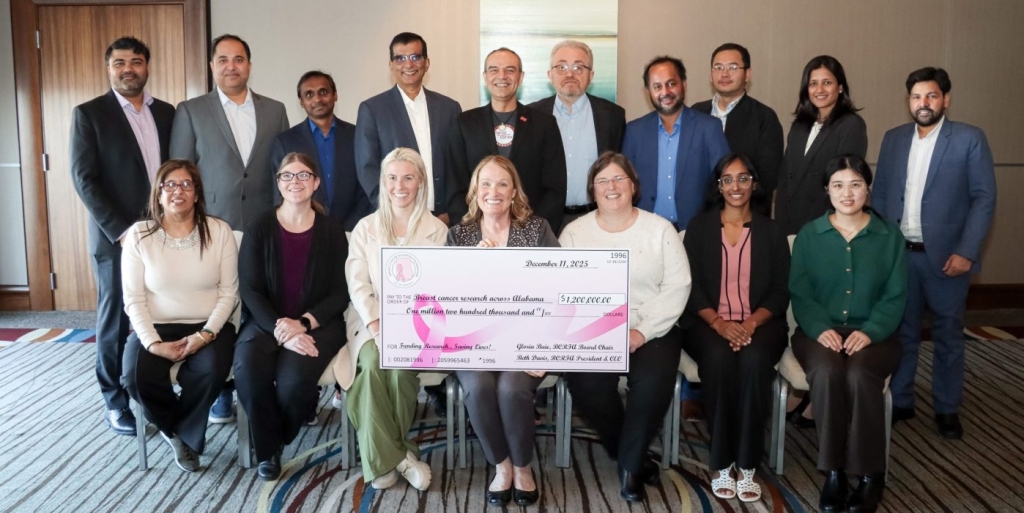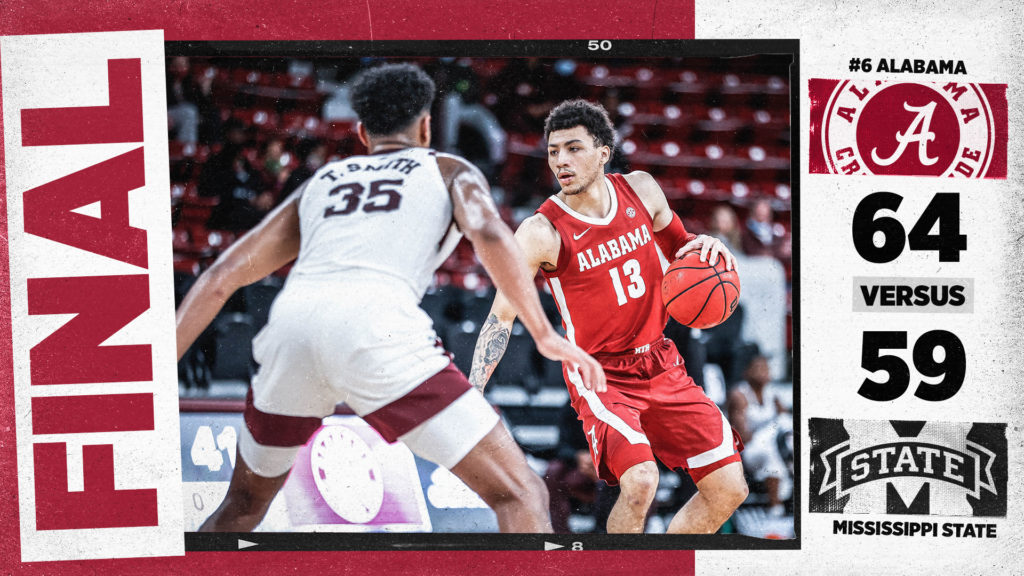Chris Rogers left the heights of college football at the University of Alabama knowing he wanted to make a difference.
Ten years later, he’s seeing his dreams come to pass through his nonprofit Together Assisting People (TAP).
Rogers founded TAP with a focus on STEM – science, technology, engineering and math – to help propel young Black athletes into strong careers and a bright future. Since 2009, more than 5,000 students have gone through the TAP program. The organization has helped place more than 100 students in college with about $35 million in scholarships. About 80% of TAP’s college students are Black and are their family’s first generation to enter higher education.
Around 2009, as a young college graduate, Rogers saw a deficit in the educational system: Fewer than 2% of minority students take advantage of STEM careers. He’s “paying it forward” by helping to change that statistic – working at a grassroots level – through TAP.
“Right now, we’ve got three students in internships with tech companies,” said Rogers, who is leveraging his experiences with TAP in his Diversity and Inclusion role. “We’re trying to get students prepared and ready.
“What I like about STEM is you can unlock the key to your own destiny; these are things I wish I had known as an athlete,” said Rogers, a 2009 member of the University of Alabama’s first national football championship team under coach Nick Saban. “We’re trying to make these inner-city kids know about these opportunities and present them with the possibilities. Most of the time, they don’t know. We have professors and professionals come talk to them about those type of things, and that’s how we introduce them early to the concept of working in tech.”
Building on a five-pillar foundation – education, STEM, workforce development, servant leadership and civic engagement – TAP’s mentoring program provides opportunities for promising students who lack financial resources. The students commit to a yearlong schedule that includes after-school tutoring and professional development, university and corporate site visits, and weekend community service events. Students receive guidance on taking math and science classes to prepare them for future STEM careers. TAP’s program managers help family members understand Free Application for Federal Student Aid (FAFSA) paperwork to help finance college.
Rogers and his program managers share the STEM initiative with educators, coaches and guidance counselors at high schools who locate athletes to take part in TAP. The program has worked with young men at Blount and Bryant high schools in Mobile, Central High in Tuscaloosa, Lanier High in Montgomery, and Huffman, Ramsay and Wenonah high schools in Birmingham.
Currently, Rogers and TAP program managers are helping 20 students. Upon entering the program, most students have a 2.2 to 2.3 GPA. While they’re in the program, the average GPA rises to about 3.2, Rogers said.
The goal is to give athletes aged 16-22 a head start in STEM by exposing them to computer- and cloud-based technologies.
“We bring them in and track the students for three or four years,” Rogers said. “We’re trying to stay with them and give them the tools they need to be successful, to make sure they have real degrees, real opportunity and leadership. When they come out of college and graduate, they’re getting internships with these tech companies. It’s a beautiful thing.”
During each meeting, TAP program managers reinforce that education is the key to excel. Students understand they’re in control of their future, and know that good grades are important to their future success.
“They start understanding early about what they must do to prepare to take the SAT, to transition into the situation they want,” Rogers said. “I tell my students, ‘This is the way – this is the future.’ The tech industry is virtually bulletproof: It’s the one industry that has thrived during the pandemic. Other businesses have gone under, but companies in the tech industry have doubled, tripled, even quadrupled during this time.”
The pandemic also ushered in changes to TAP. Now, TAP’s mentors meet with students during 2- to 3-hour Zoom sessions.
A recent grant from the Alabama Power Foundation helped TAP purchase laptops and other equipment and materials for students.
“This Alabama Power Foundation grant is helping us plant the seed to consider a STEM career in these athletes’ minds,” Rogers said. “With the grant, we were able to increase our STEM activities to provide access to this technology. Now we’re able to have professionals in the field talk to our students. Fortune 500 companies talk to them about job descriptions, and our high school athletes are majoring in computer science information technology. They’re starting to look into that space. We thank the foundation for helping our students to do this.”
In everything TAP does, the focus is on increasing athletes’ vision of what they can achieve. Rogers tells the young men that a bright future awaits even if athletics doesn’t lead to a career on the football field or the basketball court.
“As athletes, everybody is trying to talk to you about being a superstar, making it to the NBA or NFL, but you’ve got a better chance if you understand how to code and how to do the simple things on a computer,” Rogers said. “You can have a career for 20 or 30 years with great pay, great benefits and stock options.
“I’ve got to thank the Alabama Power Foundation for supporting us and recognizing the need to introduce kids in our community to STEM,” he said. “We’re touching kids throughout the state of Alabama.”
(Courtesy of Alabama NewsCenter)




